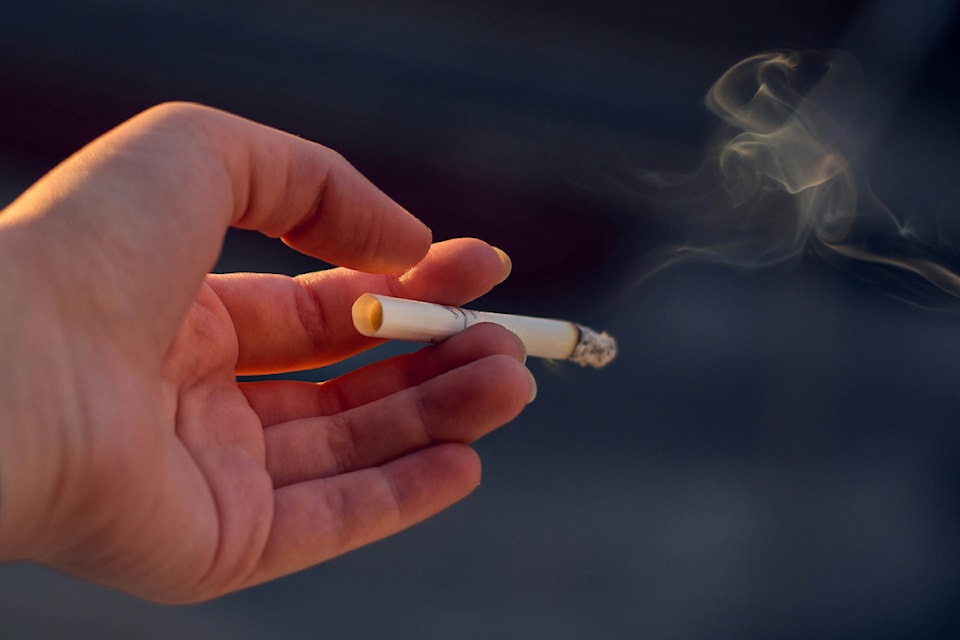Smoking and vaping rates are higher for youths on the Island compared to elsewhere in B.C., but the region has experienced an overall decline in smoking.
In a B.C. adolescent health report released this summer, 20 per cent of mid-Island youths reported smoking tobacco, a decrease from 26 per cent in 2018, but still above the provincial rate of 15 per cent. Girls reported slightly higher smoking rates than boys, at 23 per cent and 18 per cent respectively.
Last month's health report survey was conducted by the McCreary Centre Society, with funding from the B.C. government, and was completed by approximately 38,500 youths between 12-19 in 59 of B.C’s 60 school districts. The central Vancouver Island report looked at survey results from the Nanaimo-Ladysmith, Qualicum, Pacific Rim, and Cowichan Valley school districts.
Dr. Rahul Walia, a public health resident physician with Island Health, said youth smoking is an issue that the health authority has noticed.
"Both smoking and vaping carry significant health risks, particularly for young people whose body and brains are still developing and we are working to make sure we get this information to youths in their communities as best we can," Walia said.
One of the primary ways Island Health is addressing it, he said, is through the tobacco and vapour prevention and control program. The program focuses on enforcement as well as education, presenting messaging in local schools.
"Among this concerning news of having higher-than-average smoking and vaping rates in our region, there is good news overall that there has been a decrease from 2018 to 2023 … and this is in keeping with a positive trend indicating fewer younger people are initiating tobacco use."
The most popular tobacco products youths used in the month leading up to the survey were cigarettes at seven per cent, compared to 12 per cent in 2018, cigars/cigarillos at one per cent, compared to four per cent in 2018, and hookahs, used by one per cent.
Vaping rates were higher than smoking. Local youths were six per cent above the provincial average, with 32 per cent of local youths having tried vaping, compared to 26 per cent provincially. There was also a gender difference in the data, with girls 44 per cent more likely than boys to have vaped.
Walia said these numbers present a concerning trend, especially among young girls.
"It highlights the need for targeted preventions to reduce vaping initiation and promoting cessation – those are the two ways that we can help reduce these numbers."
While the 2023 B.C. adolescent health report didn't give reasons for these numbers, the federal 2021 Canadian tobacco and nicotine survey suggested stress as the main motivator behind youth vaping.
Among youths 15 to 19 who vaped in the 30 days leading up to the 2021 survey, 33 per cent reported that their main reason for vaping was to reduce stress. Following that, 28 per cent did it because they enjoyed it and 24 per cent because they wanted to try it.
Health Canada says that helping youths to avoid smoking and vaping starts with talking with someone they trust who cares about their health, such as parents, teachers and coaches.
"Before having a conversation, learn about the health effects of smoking and about vaping and its risks," Health Canada advises on its website. "Being understanding, non-judgmental, and empathetic about why they may be smoking or vaping. This can help them feel comfortable. Then, when the moment is right, offer to share what you have learned. Be patient and ready to listen."
More information from Health Canada can be found at http://canada.ca/en/health-canada/services/smoking-tobacco/preventing-kids-teens.html.



